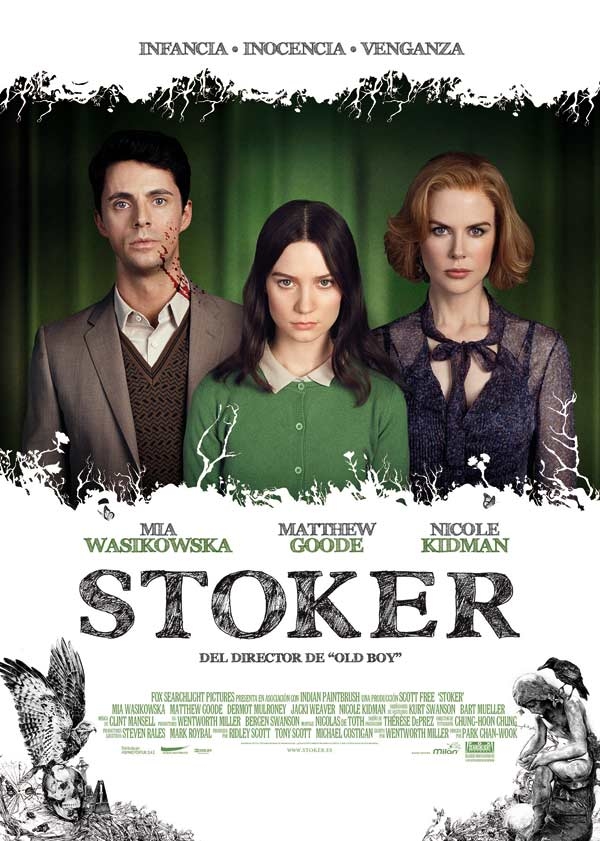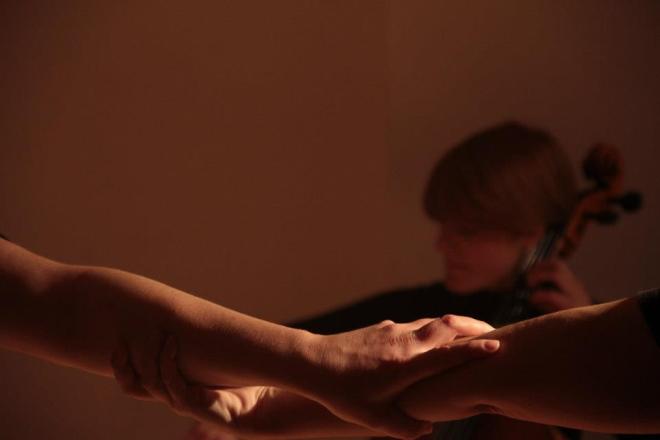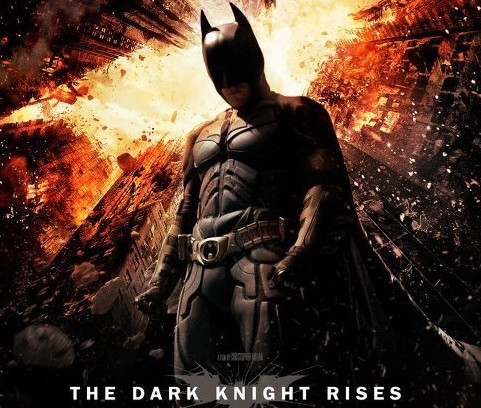Back to zero es el álbum debut de Sequential Point, la formación dedicada a la electrónica contemporánea formada por Adrián García, Fran Estévez y Verónica Díaz. Con base en Tenerife, la suya es una de las propuestas más interesantes dentro del panorama electrónico nacional, por lo que tiene de abandono por fin de las formas tradicionales de space-music y sonidos analógicos, y rechazo también a la electrónica más ‘cañera’ de las pistas de baile. Sequential Point ha encontrado su espacio vital y su nicho de mercado en esa zona oscura de la electrónica adulta, compleja, orgánica.
El disco se abre, literalmente, con Forest fire. La voz de Verónica desgrana una nana repetitiva y poco relajante, con mínimas referencias a M83. No es este un trabajo que vaya a producir bellos sueños. Los arpegios, el bajo y la percusión crean la atmósfera que sostiene al tema, y la ausencia de melodías pegadizas va a ser una característica constante hasta el final.
El segundo corte, Western wind, empieza con una potente secuencia de piano y una percusión rota que le da un gran dinamismo. Se mantiene el tono inquietante y poco a poco el piano cede el protagonismo a pura electrónica contemporánea de secuencias y efectos, en una deliciosa evolución musical.
Opportunity fue el single de presentación del disco. Es un tema vocal, pero las letras son más hipnóticas que descriptivas. La voz de Verónica y el ritmo definitivamente trip-hop nos traen reminiscencias de Hooverphonics. El cuidado en los detalles que Sequential Point ha puesto en todo el trabajo se manifiesta aquí en los envolventes juegos de panoramización y el tratamiento minimalista de la voz.
New vibrations trae de vuelta las referencias al M83 de ‘Dead cities, read seas & lost ghosts’ o incluso al Para One de ‘Naissance de Puivres’, aunque un poco escorado hacia la electrónica glitch. El bajo y la batería, más acústica en este tema, tienen el protagonismo absoluto. Llegando al final, nos sorprenden con unos interesantes efectos vocales al más puro estilo ‘A posteriori’ de Enigma.
The splintered everythings es posiblemente el tema más experimental del disco, un ambient inquietante sobre sensuales efectos vocales que sirve de puente hacia Winter Solstice, que es el tema ‘romántico’ del disco: harpa y voz forman la unión más melódica que vamos a encontrar en el conjunto. Aquí Verónica se transforma en un hada que se lamenta cantando desde la orilla de algún riachuelo en un bosque. El tono del tema, la instrumentación, el estilo… suena a herencia medieval de Pyramide. Se le podría achacar que rompe el estilo trip-hopero del resto de temas, pero se le perdona por su belleza y se agradece un remanso de paz y sencillez.
Blue Song es otro tema vocal, con todo el protagonismo para Verónica. Aunque la voz está tratada digitalmente, no está suavizada: es áspera y casi agresiva, en consonancia con la hipnótica cadencia del tema. En Back to zero no hay concesiones a una tentadora etiqueta pop. Es electrónica avant-garde con todas sus consecuencias.
Altair es un tema oscuro, al que le cuesta arrancar pero que adquiere potencia cuando lo hace. Vuelven los arpegios y secuencias de Forest Fire, y los constantes cambios en la percusión que rompen el tema, dándole variedad y dinamismo. Para que no falte de nada, se permiten un ligero toque étnico en las voces.
Le sigue Silken nightmares, otro tema ambiental y experimental, en la línea de The splintered everythings, aunque hacia el final hace un amago de desarrollo que queda truncado. Habría sido un gran acierto que este tema se fusionase con el siguiente. El ritmo sincopado de Change lleva irremediablemente a mover la cabeza en sincronía. El piano de base recuerda al Moby más melancólico, el de ‘One of these mornings’, pero pasado por un filtro más urbanita. Los ruidos de ambiente al inicio y al final son como paréntesis que encierran al tema, separándolo del resto y del fluir del disco.
Si Winter Solstice era el tema romántico, Distant mountains es el tema épico. Aunque en el universo de Sequential Point el concepto de épica dista mucho de ser luminoso. Es este tema un buen resumen de todo el álbum: electrónica preciosista, ritmos variables con predominio del trip-hop y la IDM, melodías apenas definidas frente a la mayor relevancia de las atmósferas. Por momentos nos podríamos confundir con Aes Dana y olvidarnos de que Sequential Point no son escandinavos.
Y para terminar, Back to zero, el tema que da título al disco, es un breve corte de piano minimalista envuelto en efectos sonoros, muy ambiental y melancólico, como si quisiese hablarnos del recuerdo de algo pasado y acabado, como si quisiera expresar que toda vuelta al inicio, al cero, supone el abandono de algo.
Sequential Point ha cuidado los más mínimos detalles sonoros con un mimo impropio de la electrónica comercial. No es Back to zero uno de esos trabajos que entran fácilmente y se olvidan enseguida, sino que requiere su tiempo, dejarlo reposar, volver a él, investigarlo con lupa, aceptar sus propuestas sin prejuicios ni ideas preconcebidas. Sus temas rebosan de referencias, conscientes o no, pero el grupo las hace suyas y las integra en una propuesta que exige al oyente algo más que una escucha pasiva. Y esto es lo mejor que se le puede pedir a un buen disco de electrónica.
Escucha Opportunity:







